How to Care for Your Hydrangea Tree and Make It Bloom Beautifully
If you’ve ever admired the beautiful, cascading blooms of a hydrangea tree, you might be wondering how to grow one in your own garden - and how to make sure it blooms profusely.
Hydrangea trees are relatively easy to grow, but they do require specific care to ensure they thrive and produce plenty of flowers.
With the right pruning, feeding, and watering techniques, you can encourage your hydrangea tree to bloom more and create a stunning display.
In this guide, we’ll walk you through the best practices for growing and caring for a hydrangea tree that’s bursting with blooms.
Growing Hydrangea Trees: A Complete Guide
Learn the essential steps to successfully grow beautiful hydrangea trees in your garden.
From planting to providing the right environment, this guide will help you nurture these stunning blooms.
Step 1: Selecting The Right Variety
Start by choosing a hydrangea tree variety that suits your preferences and climate. Common varieties include the Oakleaf Hydrangea, PeeGee Hydrangea, and the popular Bigleaf Hydrangea.
Step 2: Choose Planting Location
Choose a well-draining spot with partial shade, especially in the afternoon. Hydrangeas generally prefer a location with morning sun and filtered afternoon shade to protect them from harsh sunlight.
Step 3: Soil Preparation
Hydrangeas thrive in moist, fertile soil. Prepare the planting hole twice as wide as the root ball and incorporate organic matter, such as compost, into the soil to enhance its moisture retention and nutrient content.
Step 4: Planting
Gently remove the hydrangea tree from its container and place it in the center of the hole. Backfill with soil, water thoroughly, and add a layer of mulch around the base to retain moisture.
Caring for Hydrangea Trees: Essential Tips
Discover the key aspects of hydrangea tree care, including watering, pruning, and maintaining healthy growth.
These care tips will keep your trees vibrant and flourishing year after year.
Light
Hydrangea trees prefer partial shade, receiving morning sun and protection from intense afternoon sunlight.
Too much direct sunlight can lead to scorched leaves and reduced flower production.
Soil
Plant hydrangeas in well-draining, rich soil with a slightly acidic to neutral pH.
Amending the soil with organic matter helps retain moisture and provides essential nutrients.
Water
Tree hydrangeas prefer slightly damp soil, not wet.
Avoid overwatering, as this can lead to plant illnesses and root rot.
On the other hand, excessive soil drying out can lead to wilting of the foliage, which can harm or even kill the plant.
Temperature And Humidity
These plants thrive in moderate temperatures.
While they can tolerate some heat, providing afternoon shade is crucial.
Adequate humidity supports healthy growth, making regular misting beneficial in dry climates.
Fertilizer
Feed your hydrangea tree with a balanced, slow-release fertilizer in spring before new growth begins.
Avoid excessive nitrogen, as it can promote lush foliage at the expense of flowers.
Encouraging Hydrangea Trees to Bloom
Unlock the secrets to getting your hydrangea trees to bloom with full, vibrant flowers. Learn what conditions and techniques are needed to promote a beautiful display of blossoms.
Pruning Techniques
You should prune selectively to remove dead or weak wood and encourage new growth.
For varieties that bloom on old wood, such as Bigleaf Hydrangeas, avoid pruning too late in the season.
Adjusting Soil pH
For Bigleaf and Oakleaf Hydrangeas, altering the soil pH can influence flower color.
Acidic soil produces blue flowers, while alkaline soil yields pink.
You can use aluminum sulfate for a lower pH or lime for a higher pH.
Mulching
Apply a layer of organic mulch around the base of the tree to regulate soil temperature and retain moisture.
This helps protect the shallow root system and promotes healthy blooming.
Adequate Watering
Consistent moisture is essential for blooming.
Ensure your hydrangea tree receives sufficient water, especially during dry periods.
Mulching helps retain soil moisture and supports optimal flowering.
Additional Hydrangea Tree Care Tips
Enhance your hydrangea tree care routine with these extra tips. From pest prevention to seasonal adjustments, these expert suggestions will ensure your hydrangea trees thrive all year long.
Winter protection
In colder climates, provide winter protection by mulching around the base of the tree to insulate the roots.
Container gardening
Hydrangea trees can thrive in containers.
Use a well-draining potting mix and ensure the container has drainage holes.
Pest and disease control
Keep an eye out for common pests like aphids and spider mites.
Treat promptly with insecticidal soap if infestations occur.
Proper spacing and airflow can help prevent diseases.
How to Change Hydrangea Flower Colors
Certain hydrangea varieties, like bigleaf (Hydrangea macrophylla) and mountain hydrangeas, can change flower colors based on soil conditions. Understanding how soil pH affects their blooms allows you to create beautiful shades that match your garden's style.
Why Soil pH Affects Hydrangea Colors
Hydrangea flowers turn blue in acidic soil (low pH) because aluminum becomes more available. In alkaline soil (high pH), the flowers turn pink as aluminum becomes less accessible. Neutral soil often results in a mix of colors.
Steps to Turn Hydrangeas Blue
Steps to Turn Hydrangeas Pink
Tips for Maintaining Desired Colors
When Color Changes Won’t Happen
Not all hydrangeas respond to pH changes. Varieties like panicle or oakleaf hydrangeas bloom in fixed colors regardless of soil conditions. Always check your plant type before attempting adjustments.

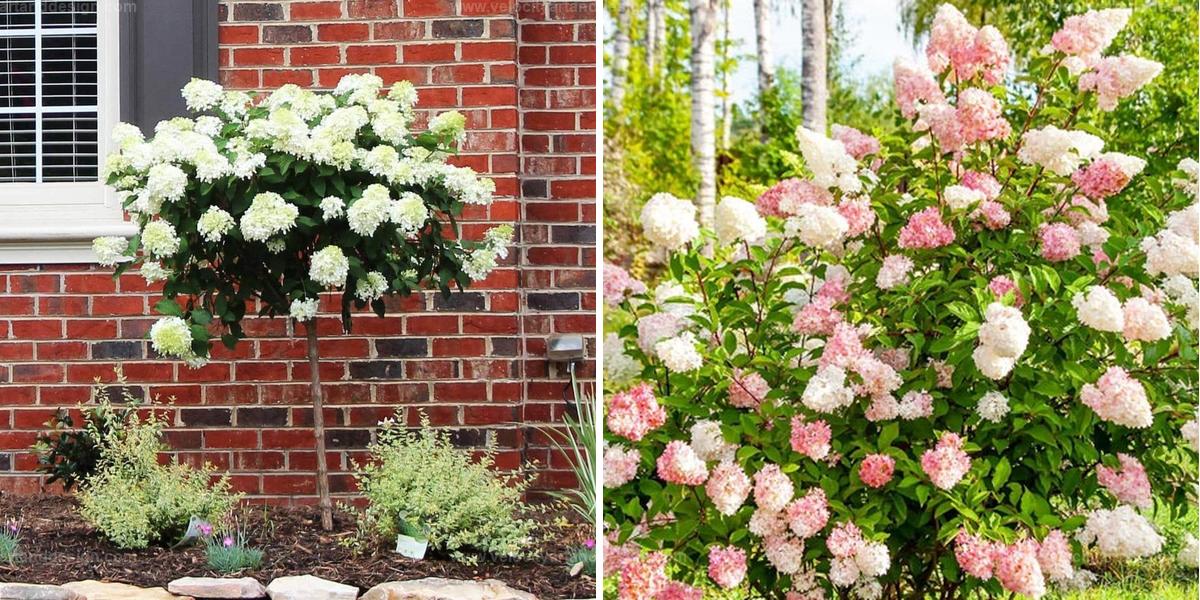
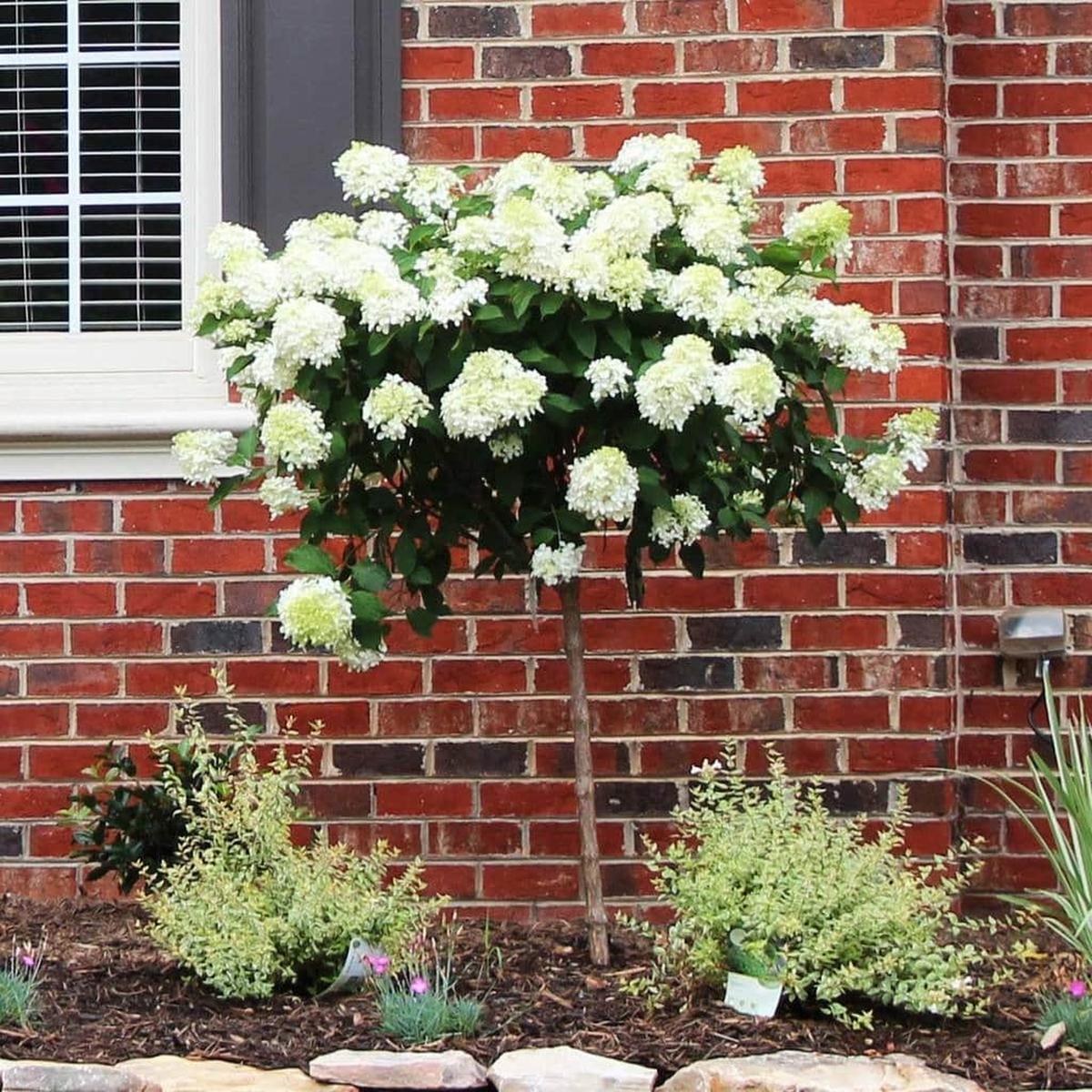
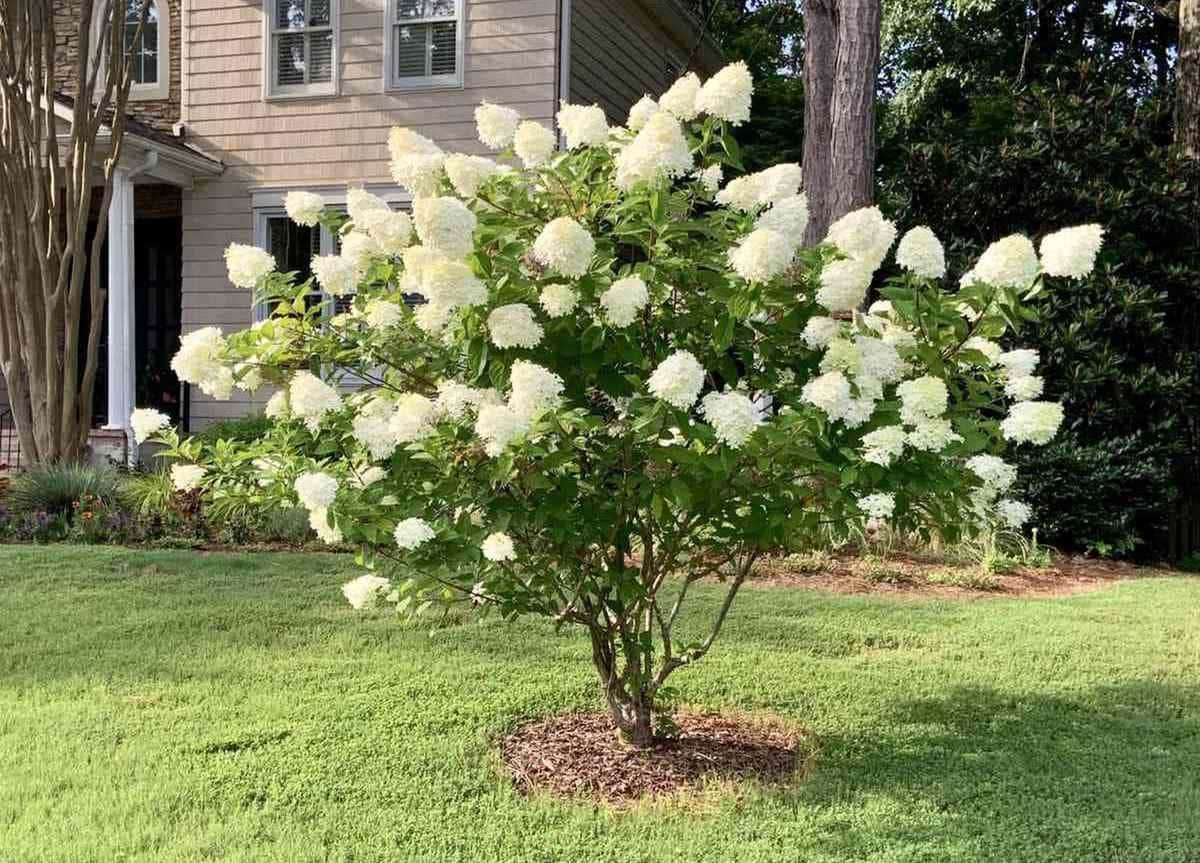
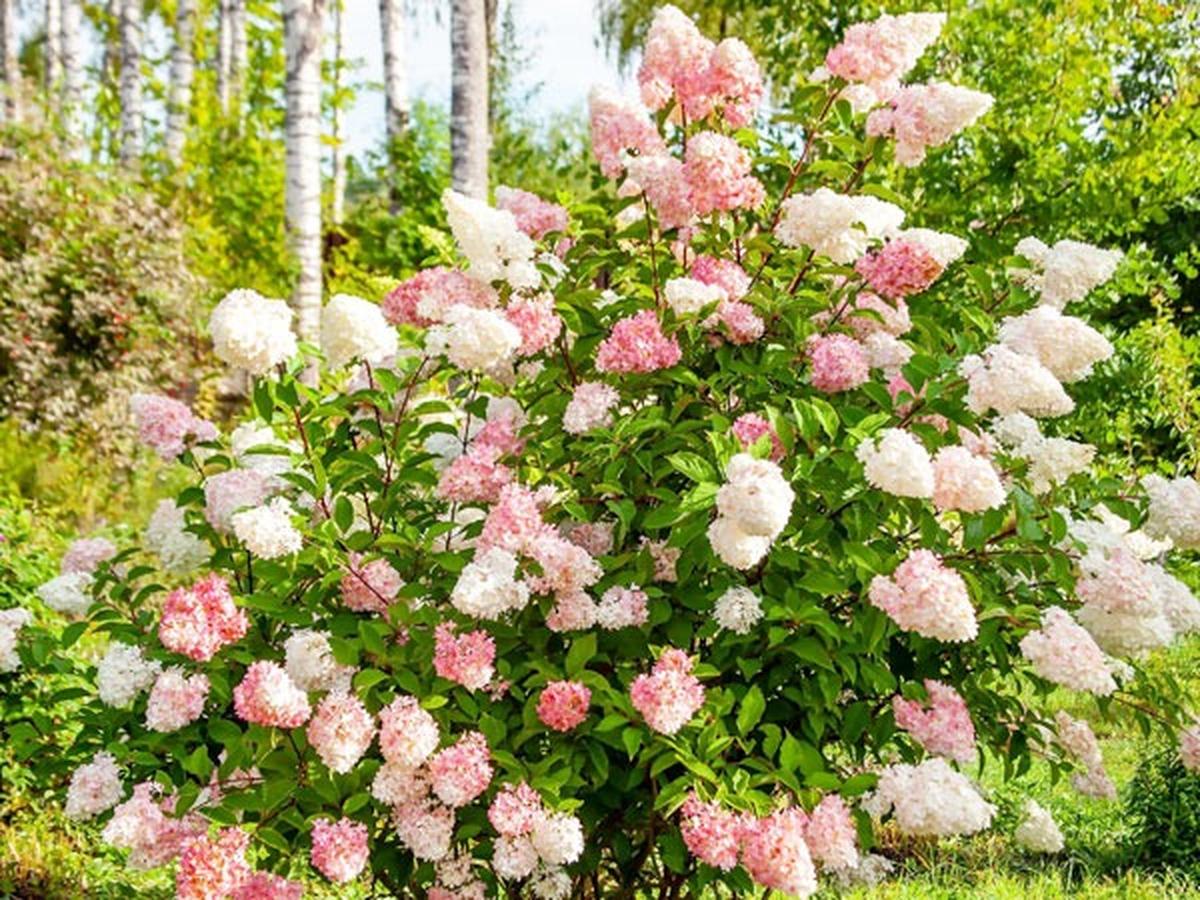
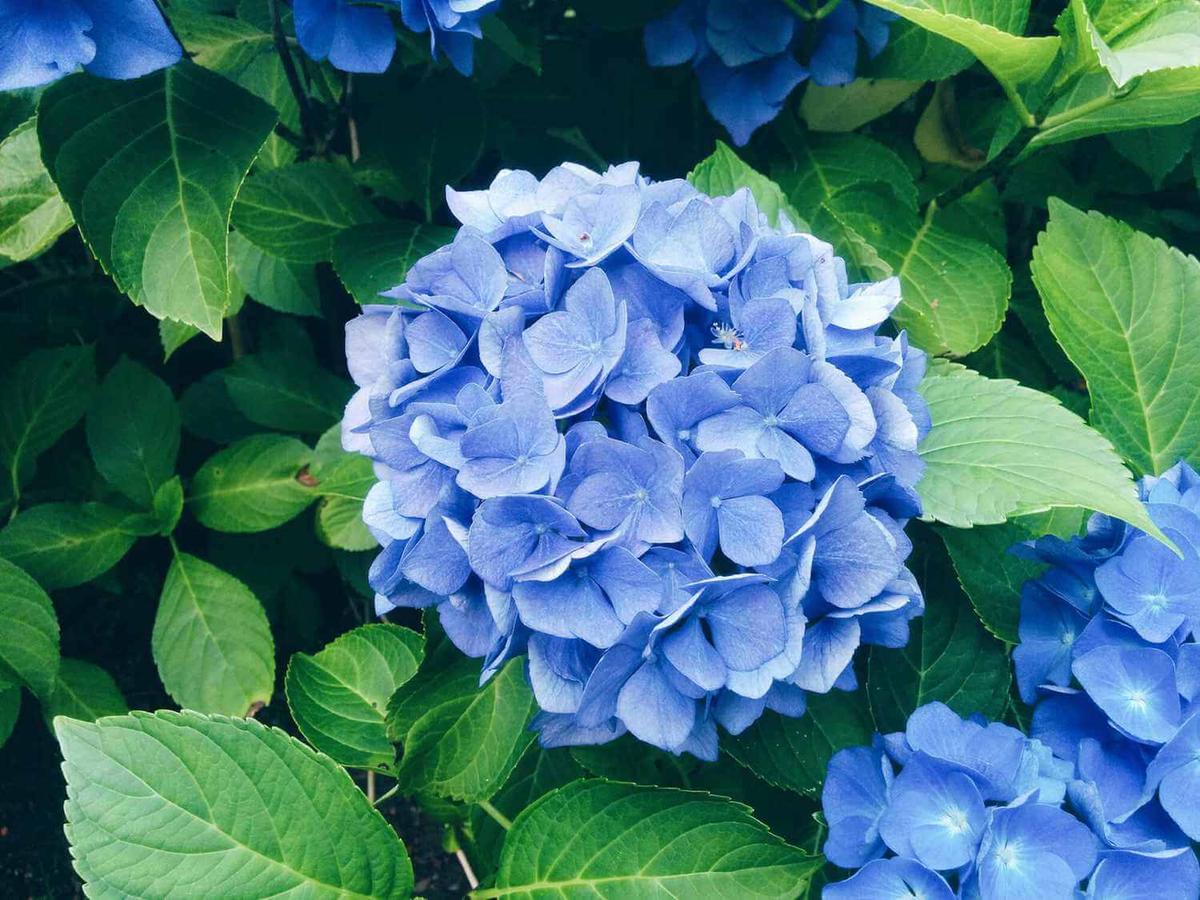

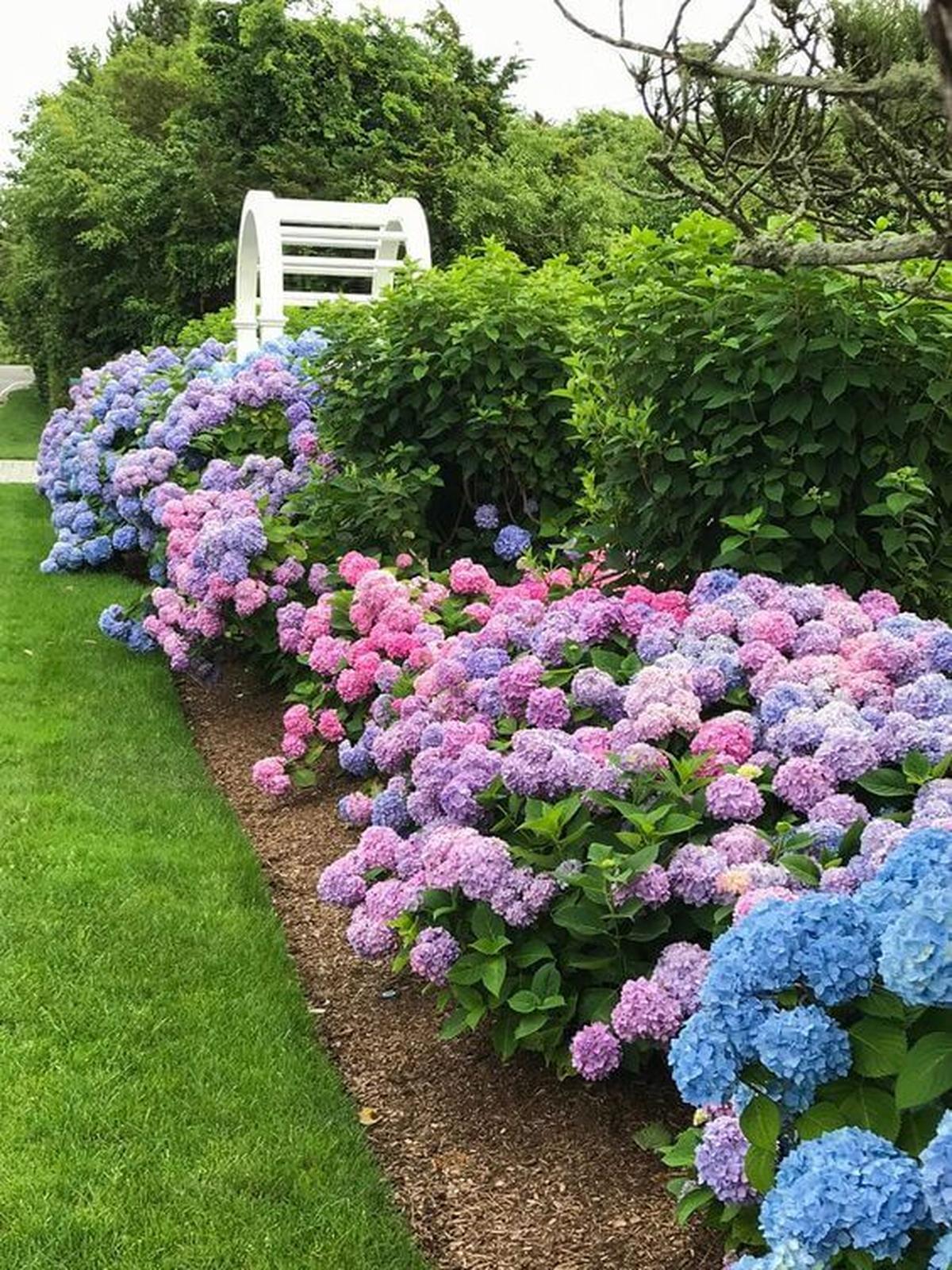
Kathy Batiste
Creative Contributor & Home Decor Specialist
Expertise
Interior Decorating, Space Planning, Color Theory, Functional Design, Interior Styling, Aesthetic Enhancements, Room Layout Optimization, Trend Integration, Sustainable Design Solutions, Seasonal Decor Styling
Education
International Association of Professions Career College (IAP Career College)
Kathy Batiste is a creative contributor at Velocity Art and Design. She earned her Interior Decorator Certificate from the International Association of Professions Career College, where she gained skills in space planning, color coordination, and creating personalized home designs.
With over 5 years of experience in interior decorating, Kathy focuses on designing rooms that are not only stylish but also functional. Her passion lies in helping others transform their homes into spaces that feel warm and uniquely their own.